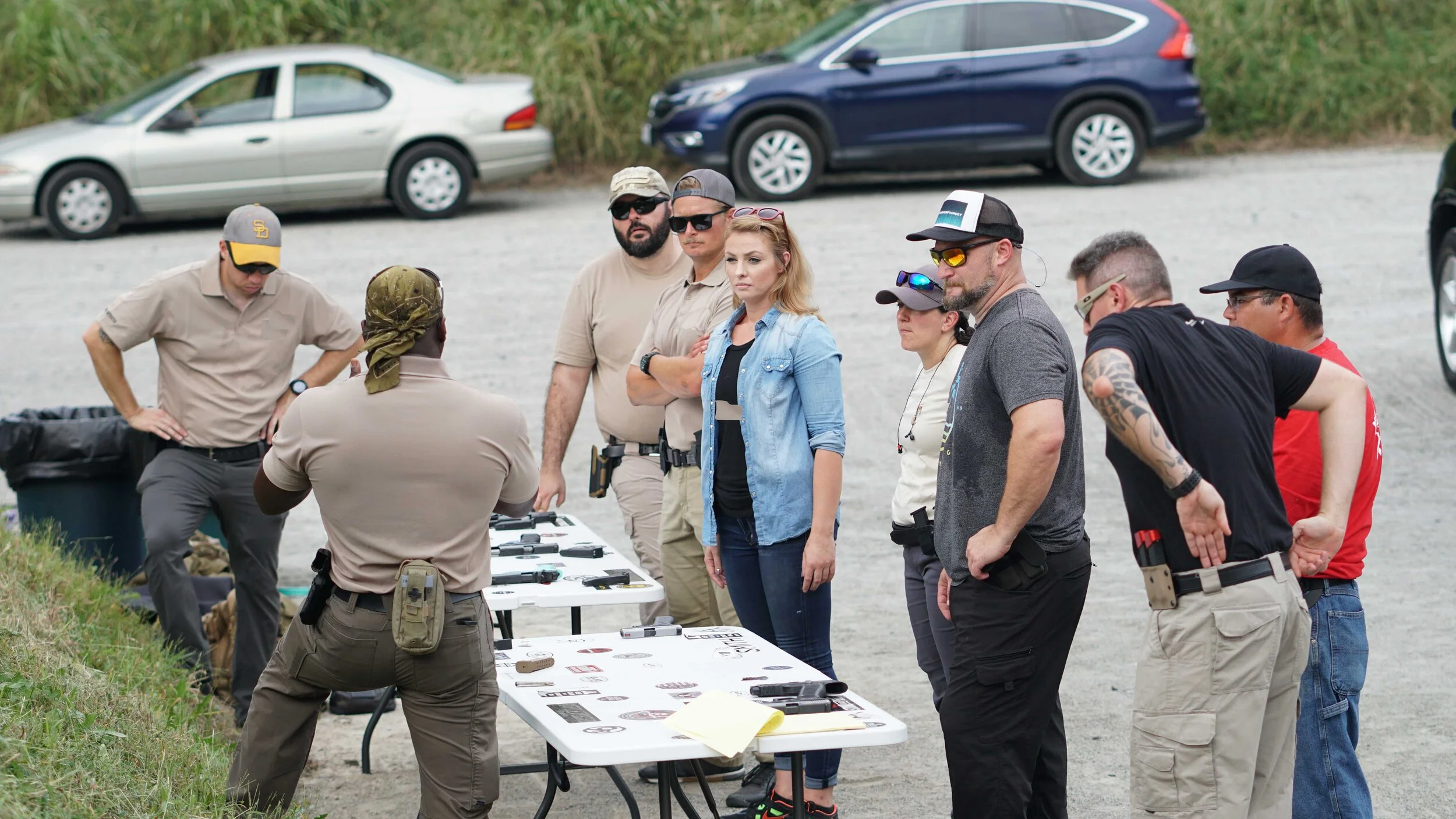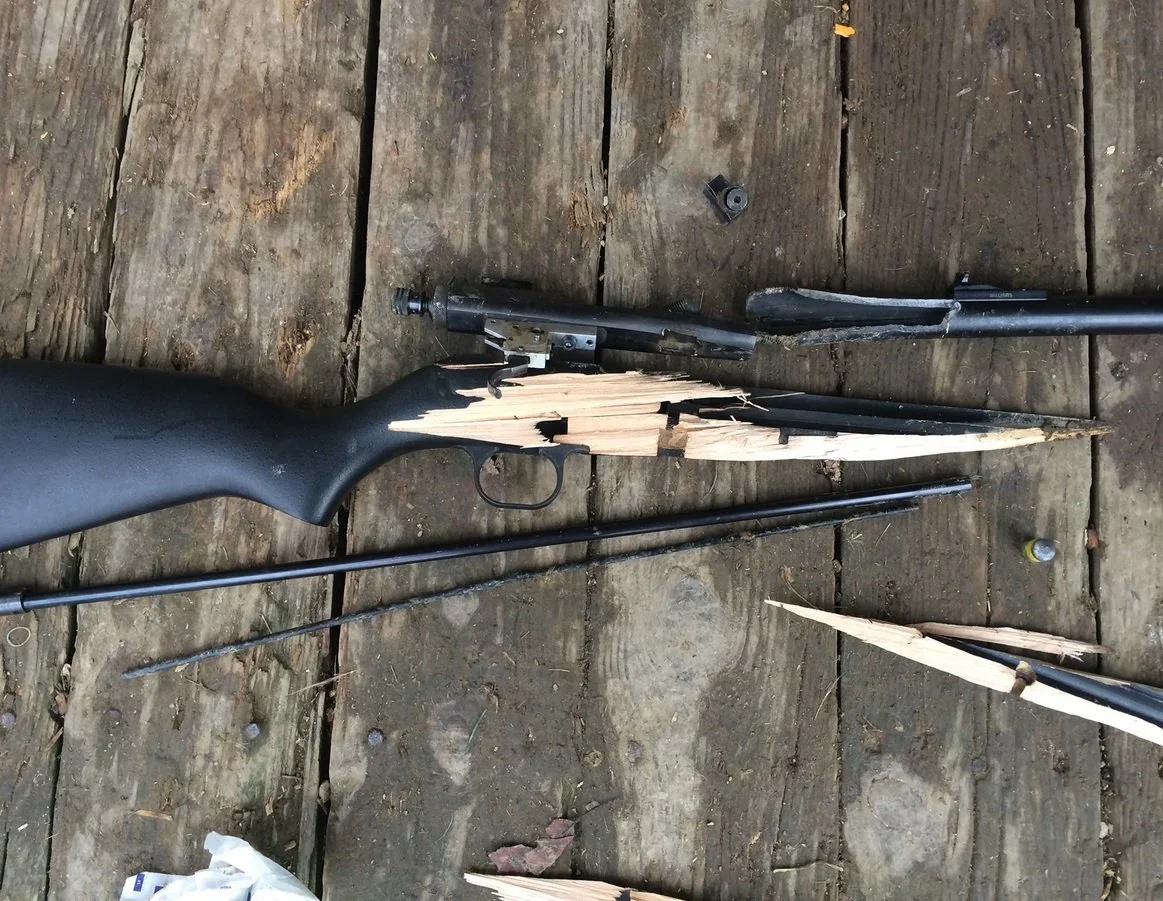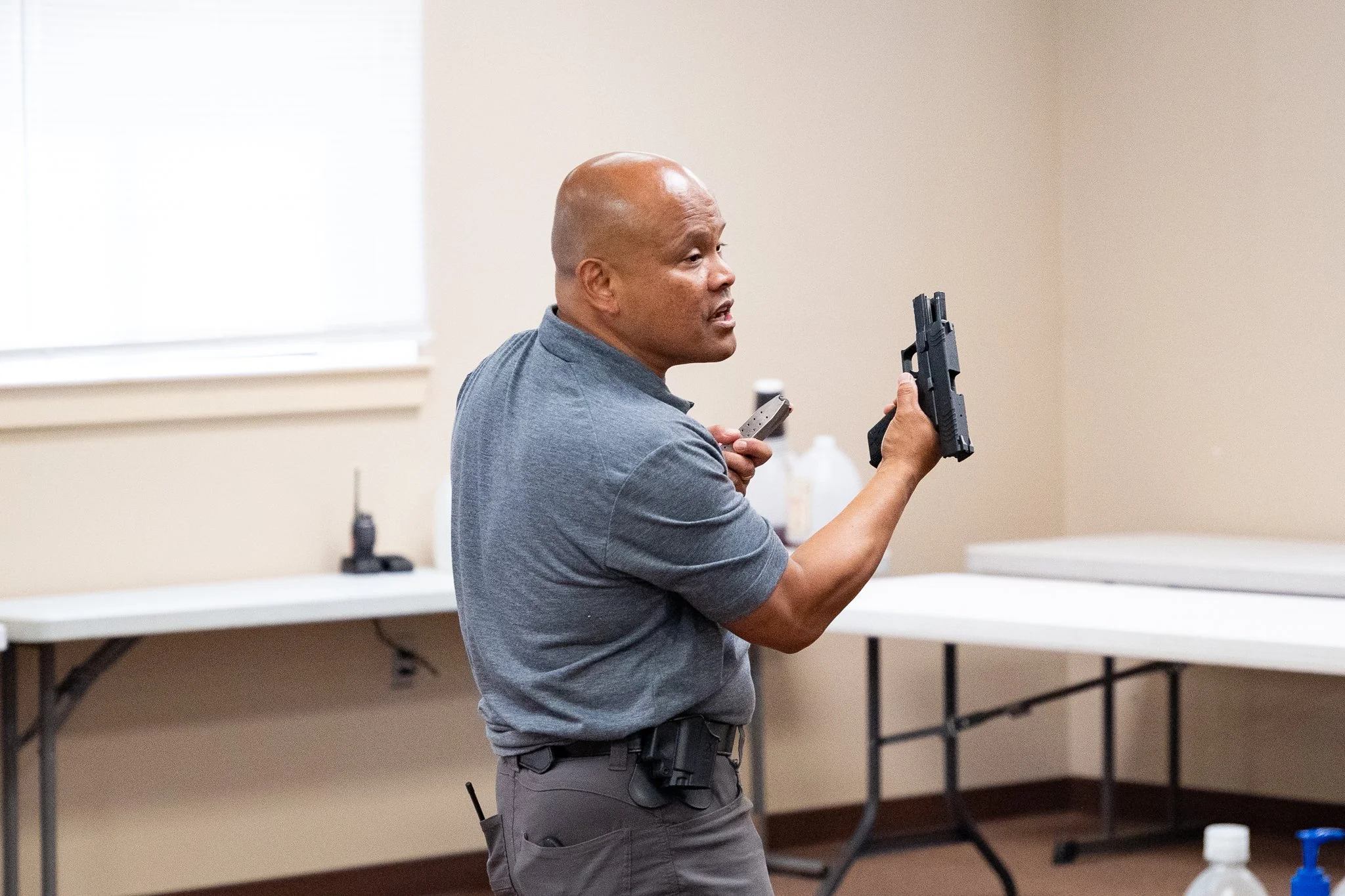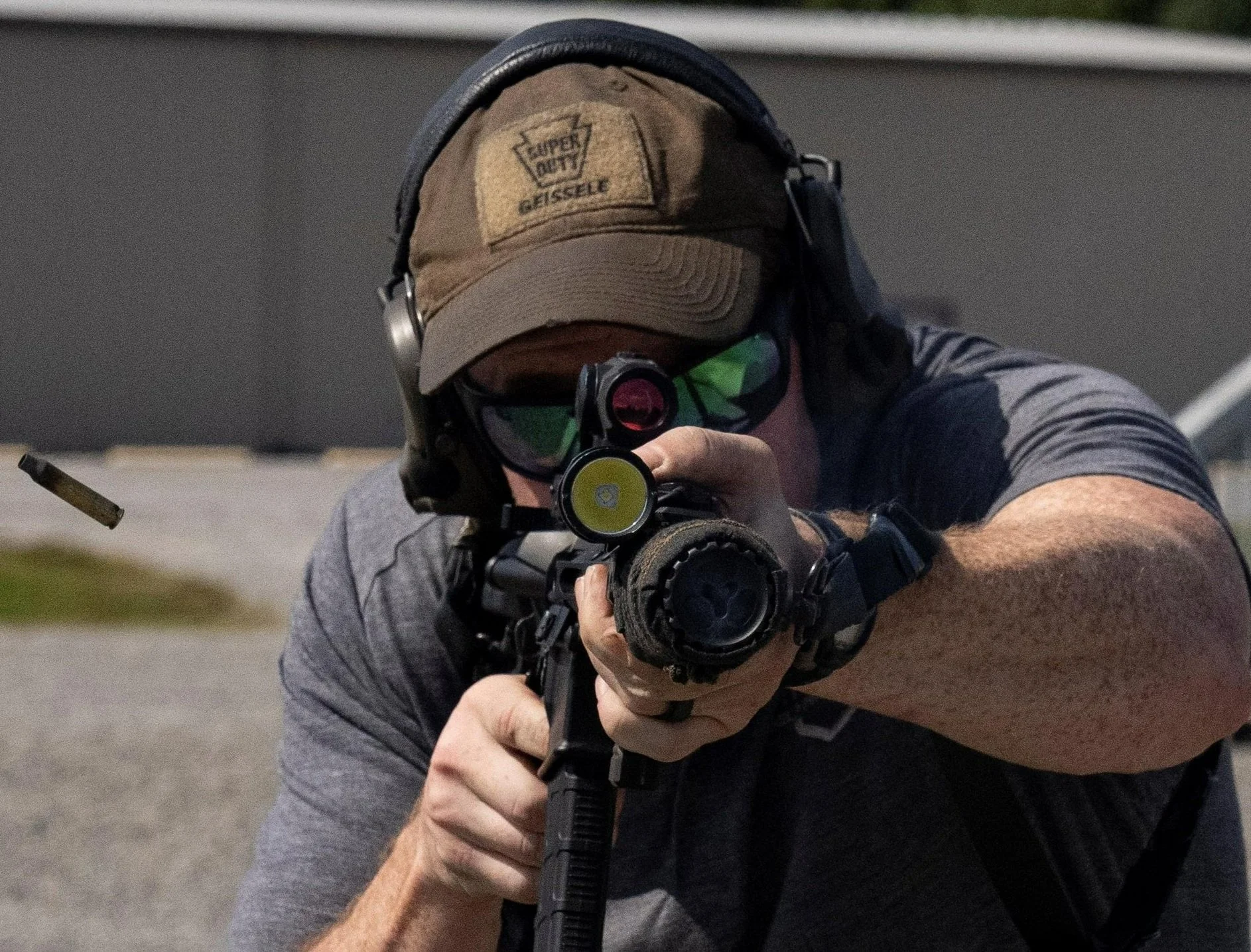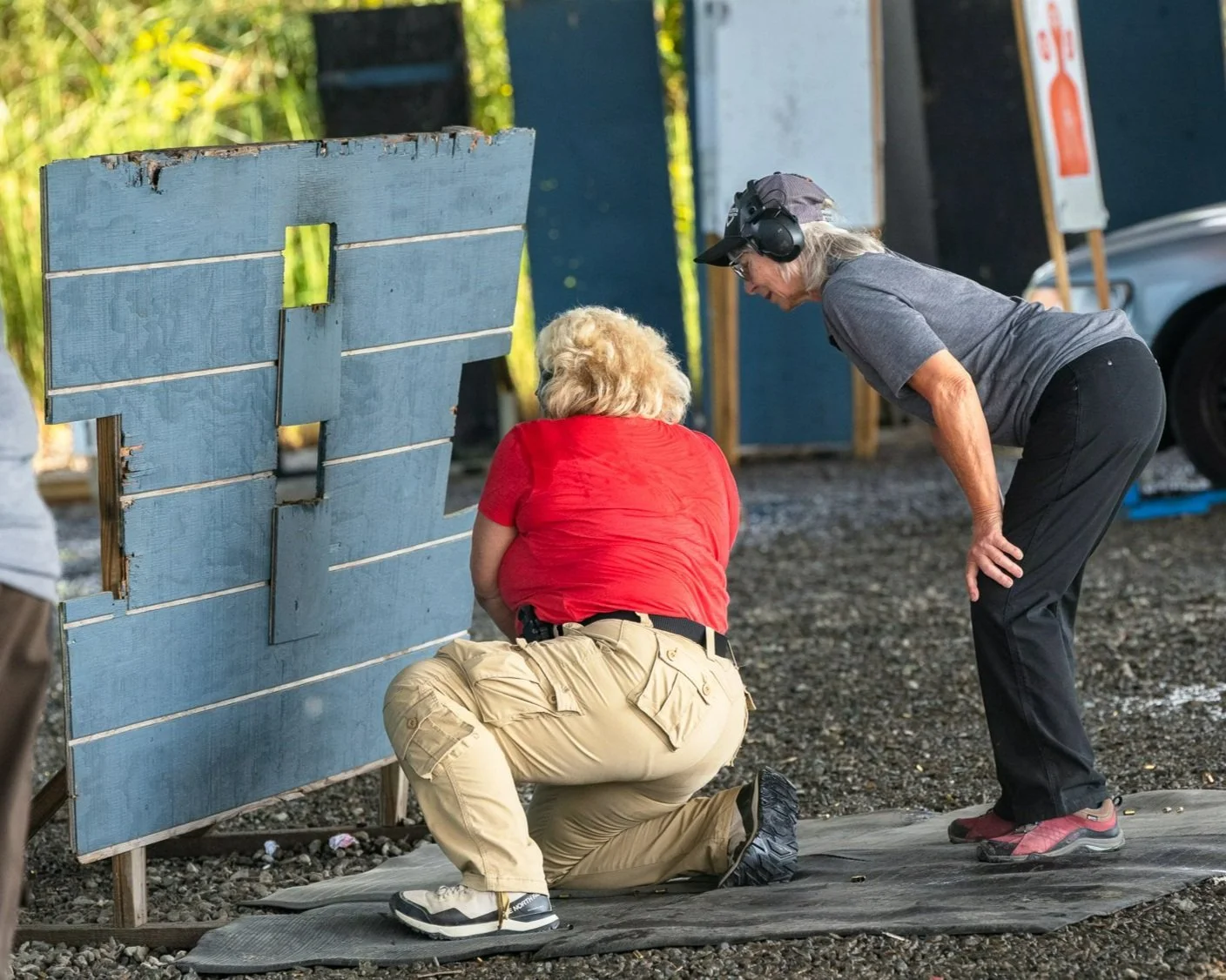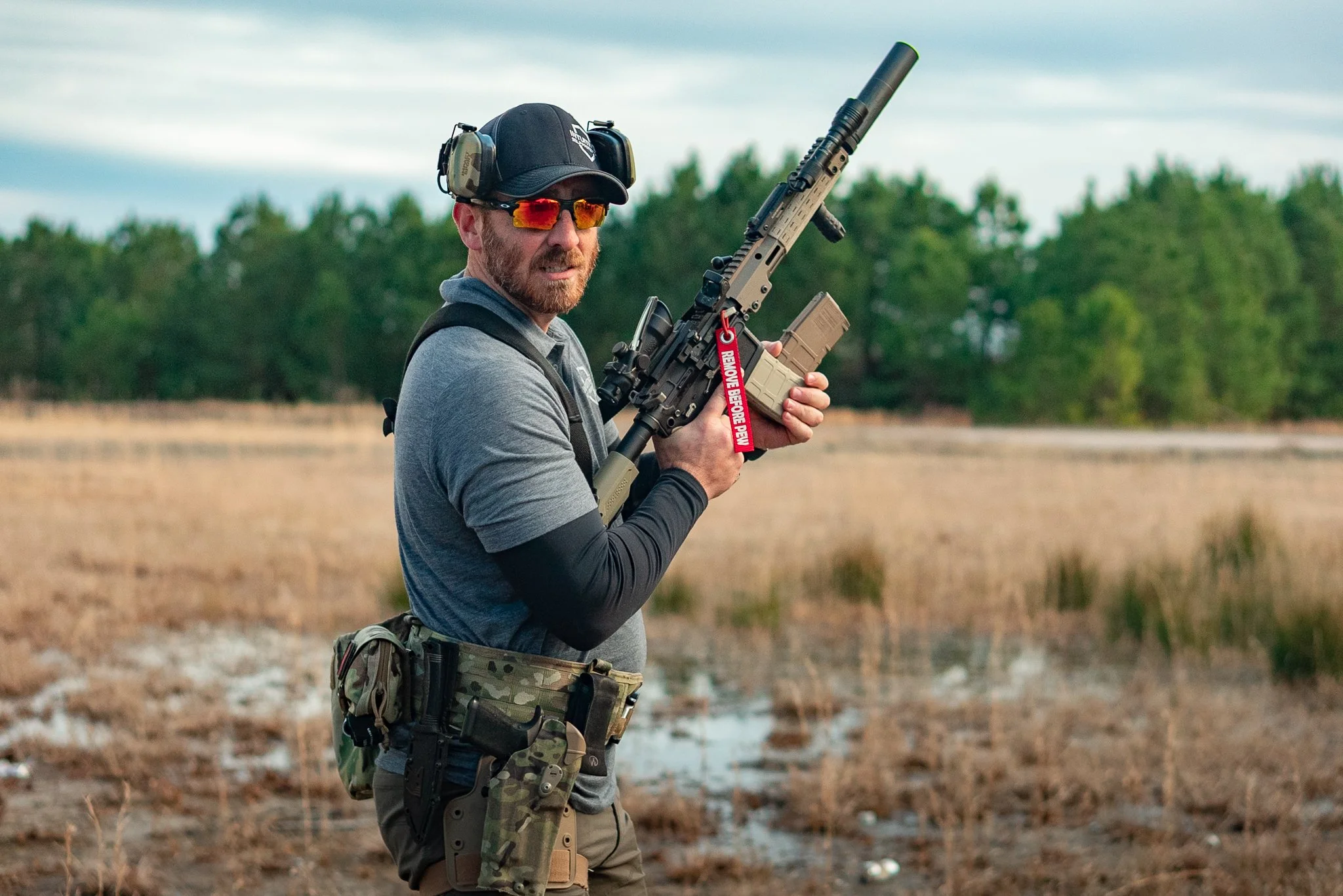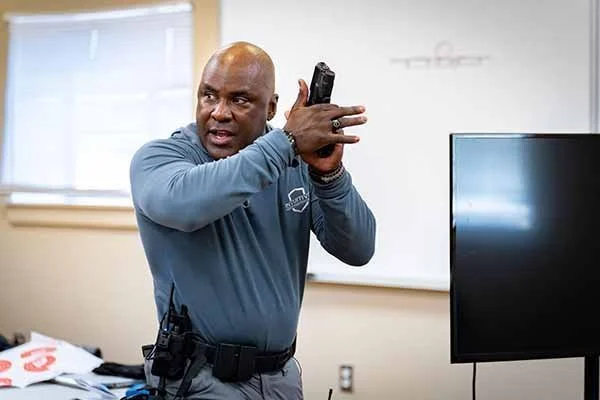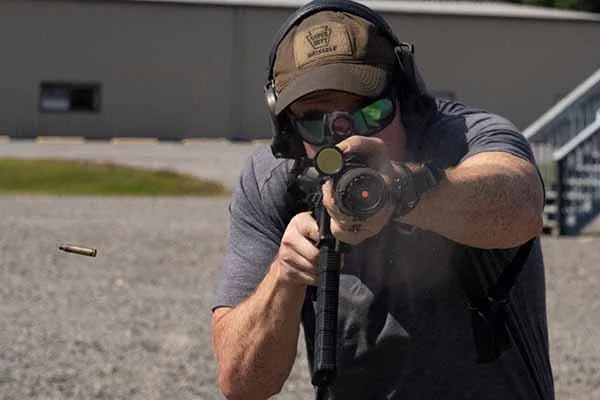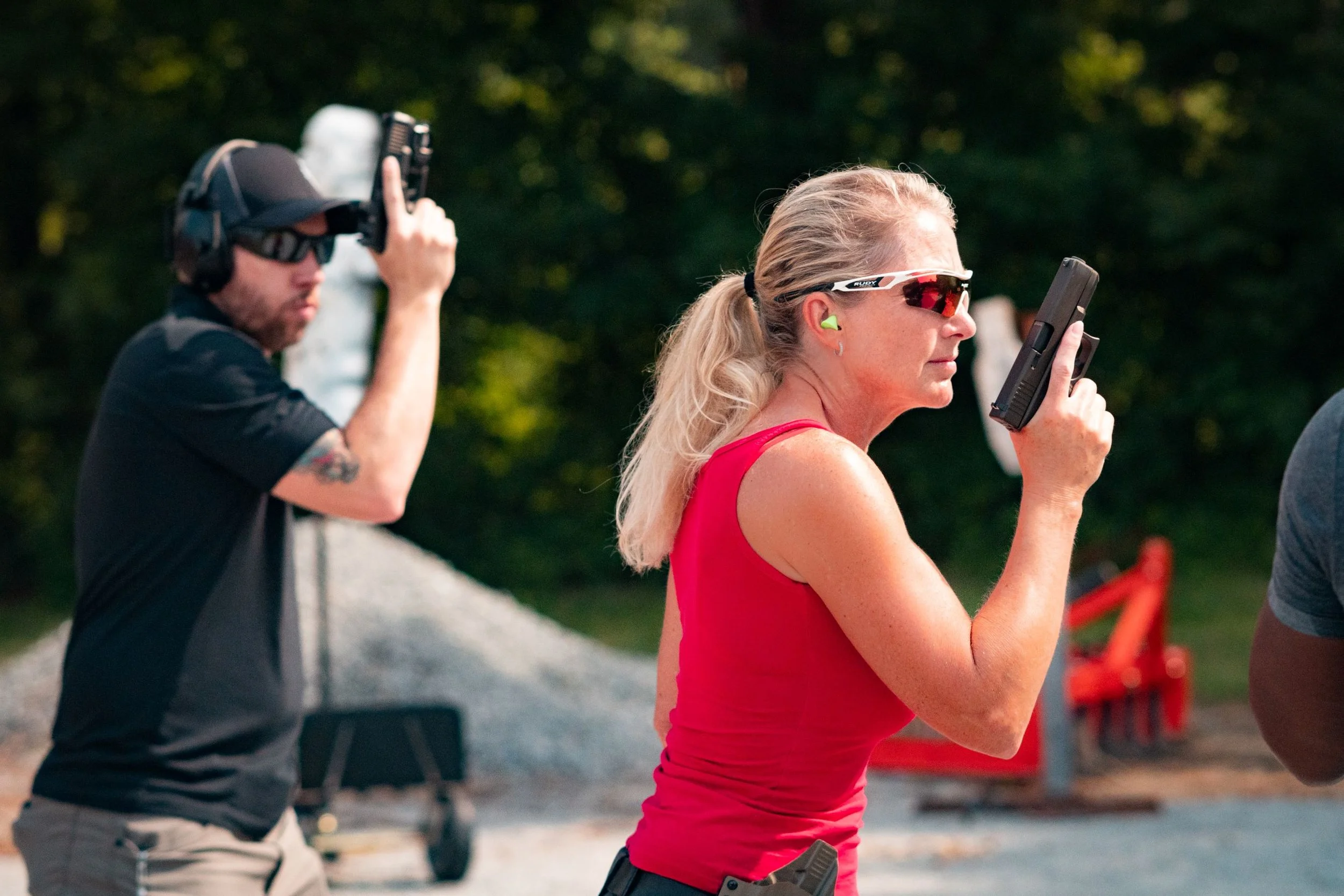Are Shotguns Better for Home Defense?
Do I Need a Concealed Carry Permit?
If you’re considering carrying a firearm for personal protection, one of the first questions to ask yourself is whether you need a concealed carry permit. We’re gonna break down the essentials; the differences between open and concealed carry, what state laws mean for you, and how to get the training you need to carry confidently and responsibly.
Truck Guns: Purpose, Preparation, and Practicality
So, why a truck gun? For many, the appeal of a truck gun boils down to enhanced range, stopping power, and accuracy that simply isn’t possible with a standard concealed carry. Farmers, ranchers, and those in rural areas often keep a rifle or shotgun in their vehicle to handle pests, predators, or situations where a longer-range option is in order. Even urban drivers might consider a truck gun for a little added peace of mind on the road. If you choose to have one, be clear on why you want it and where you’ll use it. It’s not just another “cool” gun; it’s a tool.
Squibs: The Silent Threat in Shooting
So, you might be wondering, “What the heck is a squib?” A squib is what happens when you pull the trigger and something’s off. If you're at the range shooting alone, you'll probably know it right away; the sound isn’t the sharp bang you expect. It’s more of a pop or a weak poof. That’s because the bullet didn’t leave the barrel like it’s supposed to. Now, if you're in the middle of a gunfight, you might not realize it at first due to the chaos and adrenaline. Sometimes, the bullet does leave the barrel but with very little force, which can make it even trickier to catch. Either way, recognizing a squib is critical to avoiding bigger problems. The powder inside the cartridge either didn’t ignite fully or didn’t ignite at all. You’ve now got a bullet stuck in your barrel and if you don’t recognize it, things can get ugly fast. If it does get stuck and you fire another round without clearing the barrel, best case, your gun gets wrecked. Worst case, you injure yourself or someone else. A bulged or exploded barrel is no joke, and neither is a trip to the ER.
Pistol Reloads
It doesn’t matter if you're in a competitive shooting scenario or a life-threatening situation, reloading your pistol quickly and efficiently is a “must have” skill. Understanding and drilling down on different types of reloads can significantly enhance your performance and ensure you're better prepared for any possibility. In this blog, we’re going to cover two reload techniques: the Slide Lock Reload and the Tactical (or Administrative) Reload. We'll hit on why they’re important, when to use them, and how to practice them safely using both dry fire and live fire drills.
How To Draw From Concealment
Alright, so you've got your everyday carry, your concealed carry license, and your trusty holster. But here's the question: do you have a technique for drawing from concealment? And if you do, have you practiced it enough times to make it second nature? We'd even go as far as to suggest that once you've mastered your technique, you keep practicing your draw regularly. Just like any other skill, self-protection abilities can fade over time, and you want to make sure you're ready to defend yourself and your loved ones if things ever hit the fan. We have over 25 years of professional experience in law enforcement and military training, and we’ve learned from seasoned professionals how to draw from concealment. We’re giving you an inside waistband drawing technique that we’ve found is most efficient. Keep in mind, this isn’t the way to draw but it is a way.
Shooting Cadence Drills
We all know that shooting is not just about pulling the trigger and popping off rounds; it’s about mastering the art of control, timing, rhythm and accuracy. Cadence drills are the secret sauce behind consistent and controlled shooting especially in cases where speed and accuracy matter most. They can give you a tactical edge to increase your overall proficiency but particularly when firing shots in succession.
Mastering Your Aim: Learn How To Zero Your Rifle
Zeroing your rifle is no joke—it's the real deal. If your rifle’s not zeroed, you're gonna be lost in the sauce, not knowing if you need a high hold or a low hold for your shots in different situations. Check out the video with Jared, who’s in the special operations community and one of our top-notch instructors, here to drop some knowledge bombs on why zeroing your rifle is crucial. So, get ready to soak it all in!
Cover And Concealment
When we consider the Gun Fighting Essentials, cover and concealment are part of that category. However, when talking with folks who are new to firearms and the realm of protection, as well as many who already have experience, a surprising number of them are unfamiliar with the significance and fundamentals of cover and concealment.
Unleashing Your Potential: The Power of Plank Holder Membership
In today’s world, we have so many things that we need to be prepared for and our personal and family security is one of them. Many people are seeking a one-stop shop for professional solutions and we believe at Intuitive Self Protection, that we provide them. Here is the highly requested video by you guys out there, talking about what’s included in the ISP membership and what people are getting out of it from the perspective of a member.
Rifle Fundamentals
Today we'll explore the Big Six components of the rifle draw stroke. Check out the video to see Dan Spagone, who has been one of our ISP and NLB lead instructors for almost a decade. He’s trained numerous civilians, and special operations in both the military and law enforcement. We’re gonna break down each step to enhance your technique.
Master Firing Grip
Pistol Draw Stroke Fundamentals
How to Train With Limited Ammo
Concealed Carry Classes in VA Beach
Private vs Group Firearms Training in Virginia Beach
There are many Pros and Cons you need to know when considering Private vs Group Firearms Training in Virginia Beach. Firearms training takes on many forms and people learn in different ways. For example, some people learn best by reading, others need one-on-one hands-on training, and for some online video training is a better solution as they can rewind, slow down, and re-watch as many times as needed.
